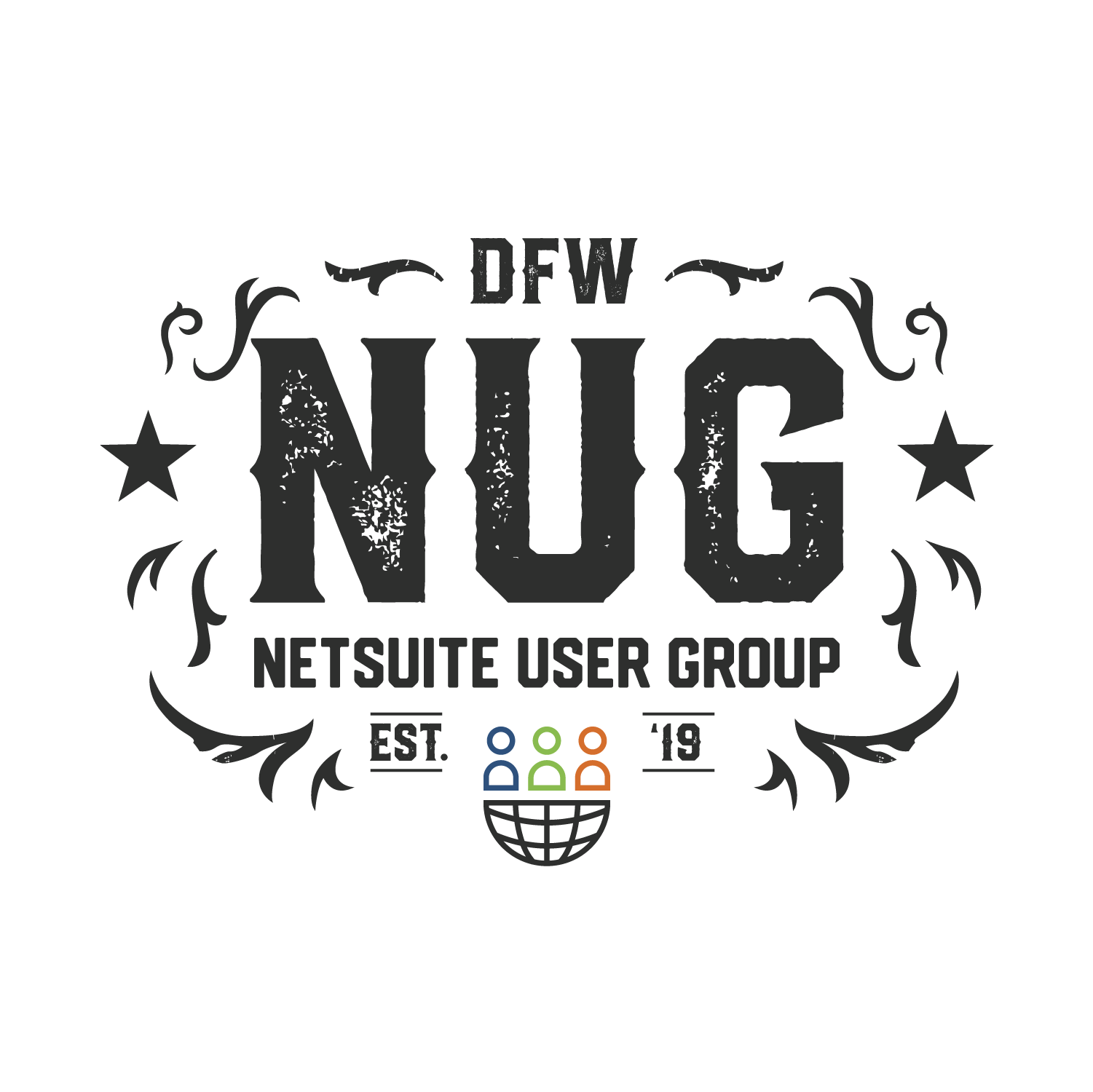In our article last week, Common Myths Surround the Cloud, we shared a list of misconceptions about cloud computing. The number one misconception on that list, and often at the top of the list for people who are considering cloud computing, is the idea that data stored in the cloud is not secure. While we discussed why this concern is generally unfounded, end users and IT professionals still need to take steps to secure data no mater what type of platform is being used. The popular cloud computing information website, Cloud Tweaks, recently shared a list of ten tips to help ensure data stored in the cloud is safe. While this list is geared toward end users, it could be a useful resource for IT professionals working with a cloud-based system as well. Below we have adapted this list to share our favorite tips with you:
Do Not Recycle Passwords
Ideally, you should have a unique username and password for each service or site you have login prompt for. Using the same username and password for many accounts obviously poses a problem because if one account is compromised, this means access will be compromised to all of your accounts.
Manage Your Passwords
Speaking of usernames and passwords, you can imagine how having a unique username and password for each and every service you use can be unwieldy. There are apps that can help with this, such as LastPass, but many people choose to come up with a system that works for them on their own. This is fine, as long as that system does not involve a post-it note stuck to your device with your usernames and passwords written on it.
Choose Security Questions and Answers Wisely
Try your best to avoid questions to which answers can be found just by taking one glance online, for instance, on your Facebook profile. Best way to go about this is to choose a question and answer it with another question’s answer. For instance if you choose the question where did you live as a kid, answer with ‘yellow’.
Consider Two Factor Authentication
Two factor authentication refers to the two modes that are being used by a site before allowing the user entry. So instead of just username and password, a unique code will also be required which is available through a text message to your phone at the time of log in. This way even if someone gets your credentials, they won’t have the unique code and hence access will be denied. Look for the two factor authentication option in the account security or privacy settings of your various services and turn this option on.
Be Careful Where You Log In
Many times we end up logging in from devices other than our own. And of course we tend to forget that these other devices may be saving our information via web browsers. If you are logging in from a computer or device that is not yours, double-check that the “remember me” or “keep me logged in” option is not selected.
One Last Password Reminder
Never share your username or password with anyone. Period. If a coworker or peer needs access to your data, go through the proper procedure of setting them up with their own login information.





